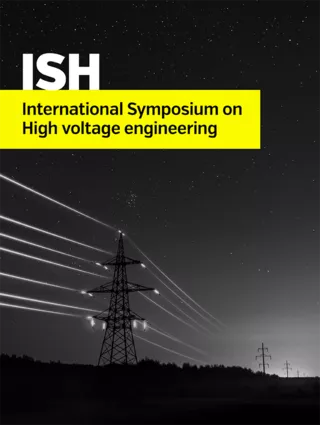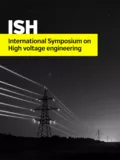Summary
In case of high voltage live-line maintenance (LLM) the commonly used working method is the bare-hand method, in which the minimal approach distance is essential to be ensured between the lineman and another parts of the grid with different potential. In case of high voltage the bigger part of the minimum approach distance (MAD) is the minimum air insulation distance, which depends on the magnitude of the transient overvoltage of the worksite. Transient overvoltage (TOV) could be reduced with the use of overvoltage limiter devices, such as surge arresters or spark gaps. The portable protective air gap (PPAG) is a special equipment, which is commonly used e.g. in the USA, but in Europe it has not applied. In the High Voltage Laboratory of the Budapest University of Technology and Economics research and development is currently being done regarding to the high voltage LLM. New parts of the 400 kV grid – in which the currently required MAD is not available – make live works impossible in a significant part of the grid. This paper investigates the special requirements of the adaptation of PPAG in the Hungarian live-line maintenance technology and the existing possible additional dangers during the use of the equipment due to the initiation of an electric arc.
Additional informations
| Publication type | ISH Collection |
|---|---|
| Reference | ISH2017_530 |
| Publication year | |
| Publisher | ISH |
| File size | 739 KB |
| Pages number | 4 |
| Price for non member | Free |
| Price for member | Free |
Authors
G. GOCSEI, B. NEMETH, I. BERTA



